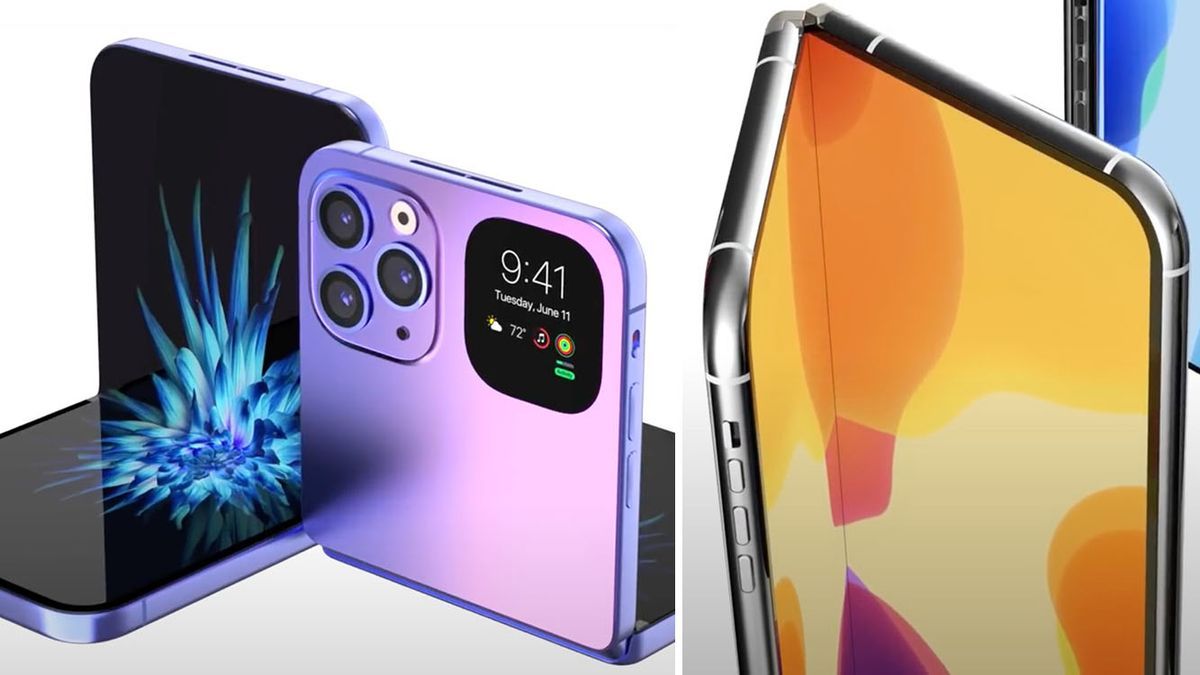
Foldable Phones: A Glimpse into the Future of Mobile Tech
- 0
The mobile technology industry has been evolving at an unprecedented pace in recent years, with manufacturers constantly pushing the boundaries of innovation. One exciting development that has captured the attention of tech enthusiasts worldwide is the introduction of foldable phones. With the ability to transform from a conventional smartphone into a tablet-sized device, foldable phones offer a glimpse into the future of mobile tech. In this article, we explore the potential impact, advantages, and challenges of foldable phones, while delving into the HTML markup that can enhance the user experience.
The Evolution of Foldable Phones
The concept of foldable phones is not entirely new. In fact, the idea of portable devices that can fold or bend has been envisioned by science fiction movies and books for decades. However, it was only in recent years that the technology has advanced enough to bring this concept to life.
Samsung, a leading player in the mobile industry, introduced the world to its first foldable phone, the Galaxy Fold, in 2019. With its unique hinge mechanism and flexible display, the Galaxy Fold captivated audiences and sparked a wave of excitement among tech enthusiasts.
The Advantages of Foldable Phones
1. Enhanced Productivity: Foldable phones offer users the convenience of a larger screen without sacrificing portability. With the ability to seamlessly switch between smartphone and tablet modes, users can enjoy enhanced productivity and multi-tasking capabilities on the go.
2. Immersive Media Experience: The larger screen size of foldable phones provides a more immersive media experience. Whether you are watching videos, playing games, or browsing the internet, the expanded display offers a more engaging and visually stunning experience.
3. Improved Multitasking: Foldable phones enable users to run multiple apps simultaneously, thanks to their split-screen functionality. This makes it easier to respond to messages, browse social media, and check emails, all at the same time, without the need to switch between apps constantly.
4. Compact and Portable: Despite their larger screen sizes, foldable phones maintain the advantage of being compact and highly portable. When folded, they fit comfortably in pockets or small bags, offering users the convenience of a traditional smartphone when on the move.
The Challenges to Overcome
While foldable phones offer exciting possibilities, there are challenges that manufacturers must overcome to fully realize their potential:
1. Durability: Foldable phones rely on flexible display technology, which must withstand repeated folding and unfolding. Ensuring long-term durability and preventing screen damage will be crucial for these devices to succeed in the market.
2. App Adaptation: Developing apps that are optimized for both smartphone and tablet modes is a challenge for developers. Apps must seamlessly transition between different screen sizes and adapt their interfaces to provide the best user experience for foldable phones.
3. Price: Foldable phones currently come with a premium price tag due to their cutting-edge technology. As the technology matures and becomes more widely adopted, prices are expected to become more affordable, making foldable phones accessible to a broader range of consumers.
HTML Markup for Enhancing the User Experience
HTML markup plays a crucial role in ensuring the optimal user experience when interacting with foldable phones. Here are some HTML techniques that can enhance the experience:
1. CSS Media Queries: Utilizing CSS media queries allows developers to adapt the layout and design of web pages based on the device’s screen size and orientation. This ensures that websites and applications are optimized for both smartphone and tablet modes on foldable phones.
2. Responsive Images: Implementing responsive image techniques, such as the “srcset” attribute, ensures that images are appropriately scaled and optimized for different screen resolutions. This prevents images from appearing pixelated or stretched on foldable phone displays.
3. Touch Gesture Support: Incorporating touch gesture support, such as swipe and pinch-to-zoom, enables users to navigate and interact with content seamlessly. This allows for a more intuitive and engaging user experience on foldable phones.
Conclusion
Foldable phones represent the next frontier in mobile tech innovation, offering users the best of both worlds: the convenience of a smartphone and the versatility of a tablet. With their enhanced productivity, immersive media experience, and improved multitasking capabilities, foldable phones have the potential to revolutionize how we use our mobile devices. While challenges remain, continued advancements in technology, coupled with HTML markup techniques that tailor the user experience, will unlock the full potential of foldable phones, giving us a glimpse into the future of mobile tech.

